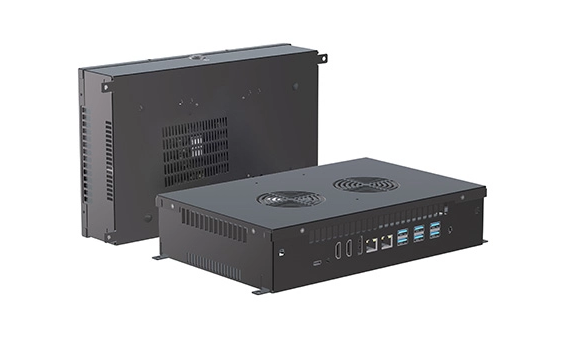Unveiling the Signs: Identifying a Blown Fuse on a Circuit Board
When troubleshooting electronic devices, one of the most common issues encountered is a blown fuse on a circuit board. Understanding what a blown fuse looks like and how to identify it can save time and resources in both repair and maintenance processes. This article delves into the characteristics of a blown fuse, the implications for circuit functionality, and practical steps for diagnosis and replacement.
Understanding the Role of Fuses in Circuit Boards
Fuses are critical components in electronic circuits, designed to protect sensitive components from overcurrent conditions. They act as sacrificial devices that interrupt the flow of electricity when the current exceeds a predetermined level. This protective mechanism prevents damage to the circuit board and prolongs the lifespan of the device. However, when a fuse blows, it can lead to a complete loss of functionality in the affected circuit.
Visual Indicators of a Blown Fuse
Identifying a blown fuse on a circuit board requires careful inspection. Here are the primary visual indicators to look for:
- Physical Damage: A blown fuse may exhibit visible signs of damage. Look for a discolored or charred appearance, which indicates that the fuse has overheated. The casing of the fuse may also be cracked or melted, revealing the internal filament.
- Broken Filament: In glass fuses, the internal wire or filament is a clear indicator of failure. If the filament is broken or has a gap, the fuse is definitely blown. In some cases, the filament may appear blackened or burnt.
- Corrosion or Residue: Inspect the fuse terminals for signs of corrosion or residue. A blown fuse can sometimes leave behind a residue that may appear as a white powder or a dark, sooty substance.
- Fuse Color Change: Many fuses are designed with a specific color coding system. If the color of the fuse casing has changed significantly, it may indicate that the fuse has blown.
Testing for a Blown Fuse
While visual inspection is a crucial first step, it is not always conclusive. To confirm whether a fuse is blown, follow these testing procedures:
- Multimeter Testing: Use a digital multimeter set to the continuity or resistance setting. Disconnect the fuse from the circuit board and place the probes on either end of the fuse. A reading of zero or near-zero resistance indicates that the fuse is intact, while an infinite resistance reading confirms that it is blown.
- Voltage Testing: If the fuse is still connected to the circuit, you can test for voltage across the fuse terminals. If there is no voltage present when the circuit is powered, it suggests that the fuse has blown.
Implications of a Blown Fuse
A blown fuse is often a symptom of a larger issue within the circuit. It is essential to investigate the root cause of the overcurrent condition. Common causes include:
- Short Circuits: A short circuit can occur due to damaged insulation, faulty components, or improper connections, leading to excessive current flow.
- Overloaded Circuits: Connecting too many devices or components to a single circuit can exceed the fuse's rated capacity, causing it to blow.
- Component Failure: Faulty components, such as capacitors or transistors, can draw excessive current, resulting in a blown fuse.
Replacing a Blown Fuse
Once a blown fuse has been identified, replacement is straightforward but requires caution:
- Select the Correct Fuse: Ensure that the replacement fuse matches the original in terms of voltage rating, current rating, and physical size. Using an incorrect fuse can lead to further damage or safety hazards.
- Power Down the Device: Always disconnect the power supply before attempting to replace a fuse to avoid electrical shock or damage to the circuit.
- Remove and Replace: Carefully remove the blown fuse from the circuit board and insert the new fuse, ensuring a secure connection.
- Test the Circuit: After replacing the fuse, power on the device and test its functionality. Monitor for any signs of recurring issues, which may indicate underlying problems that need to be addressed.
Conclusion
Identifying a blown fuse on a circuit board is a critical skill for anyone involved in electronics repair and maintenance. By understanding the visual indicators and employing proper testing methods, technicians can efficiently diagnose and resolve issues related to blown fuses. Moreover, recognizing the implications of a blown fuse can lead to more effective troubleshooting and ultimately enhance the reliability of electronic devices. Always remember that safety comes first; when in doubt, consult a professional technician to avoid potential hazards.






